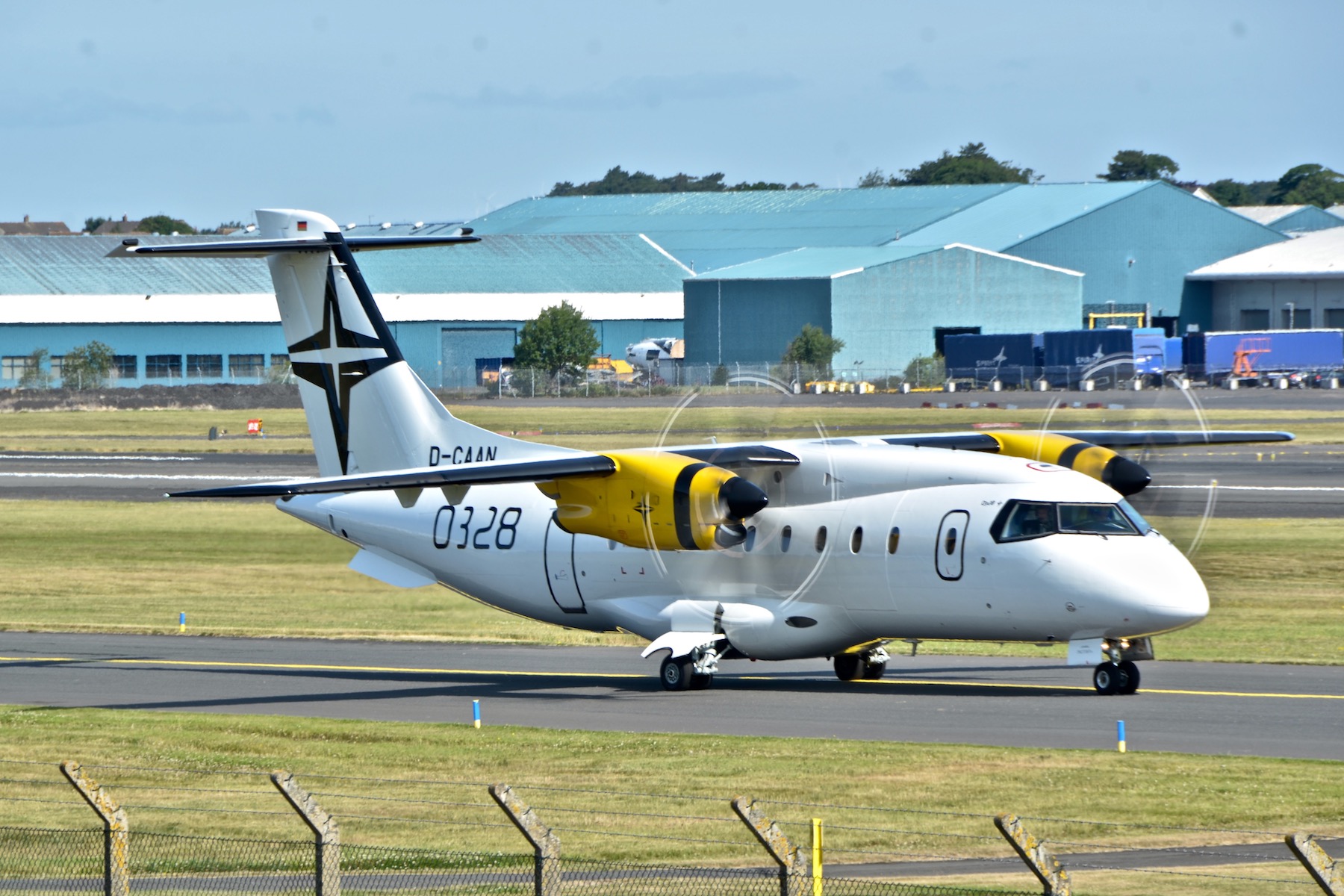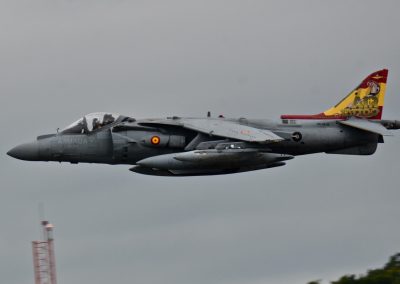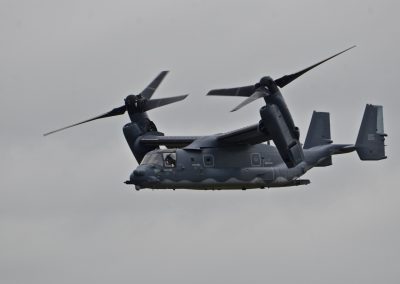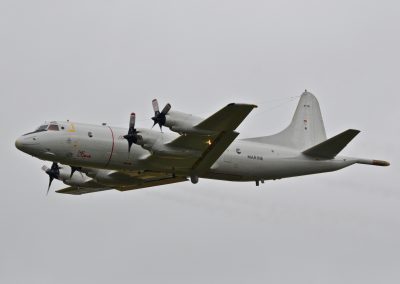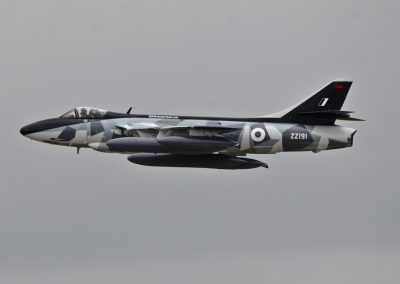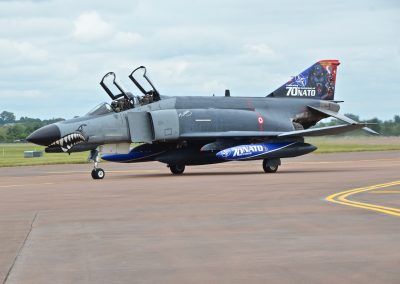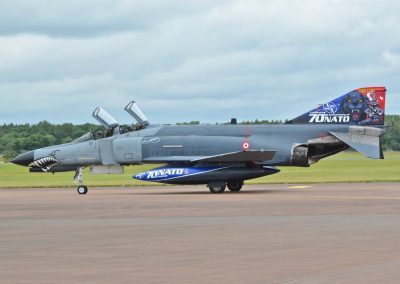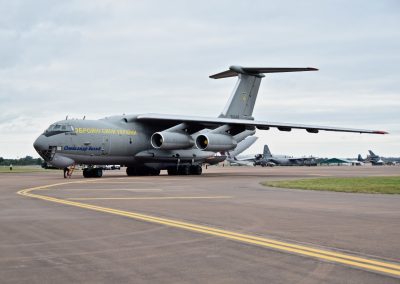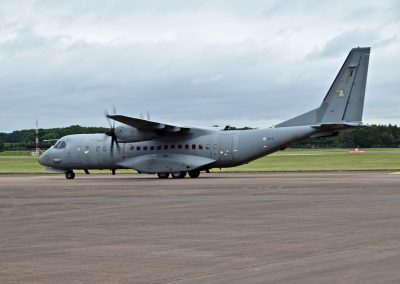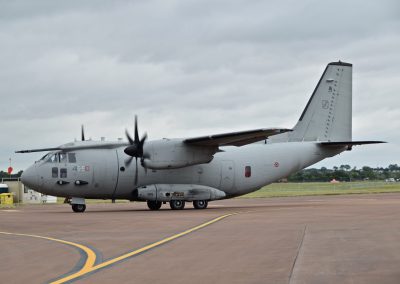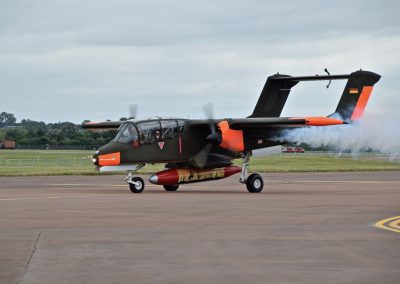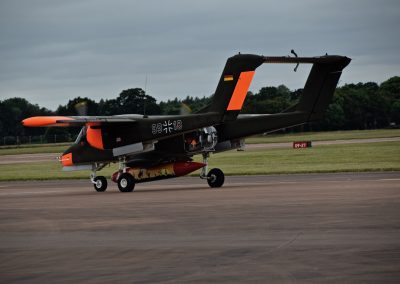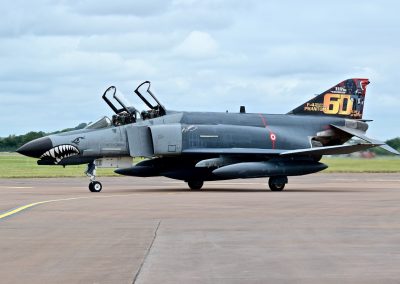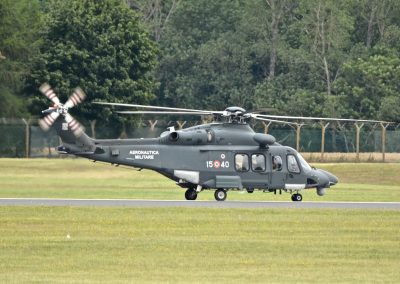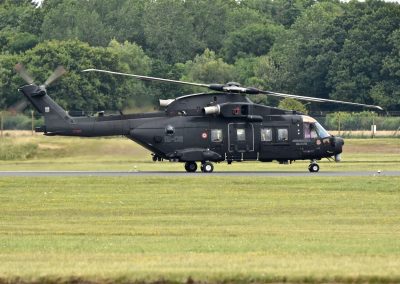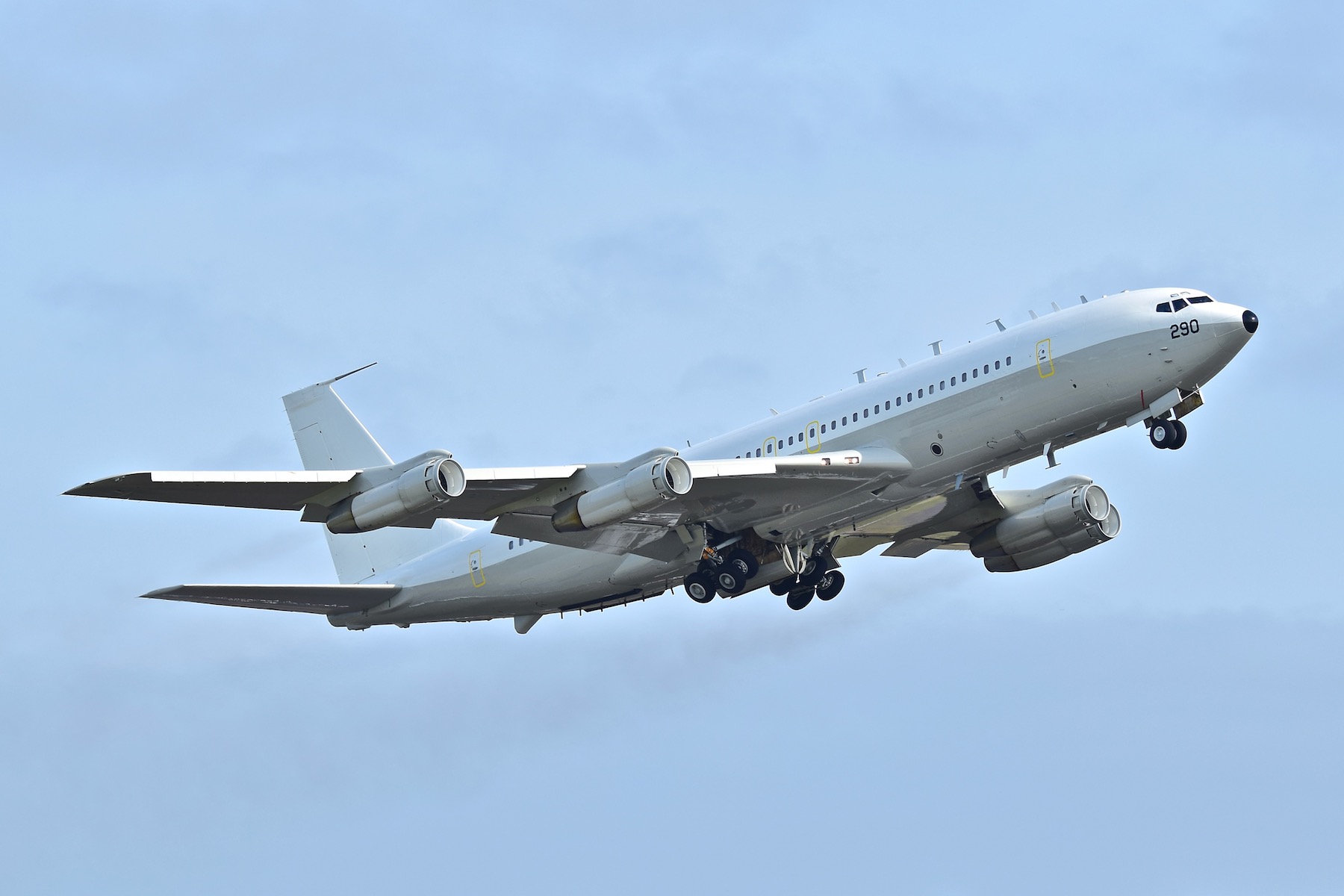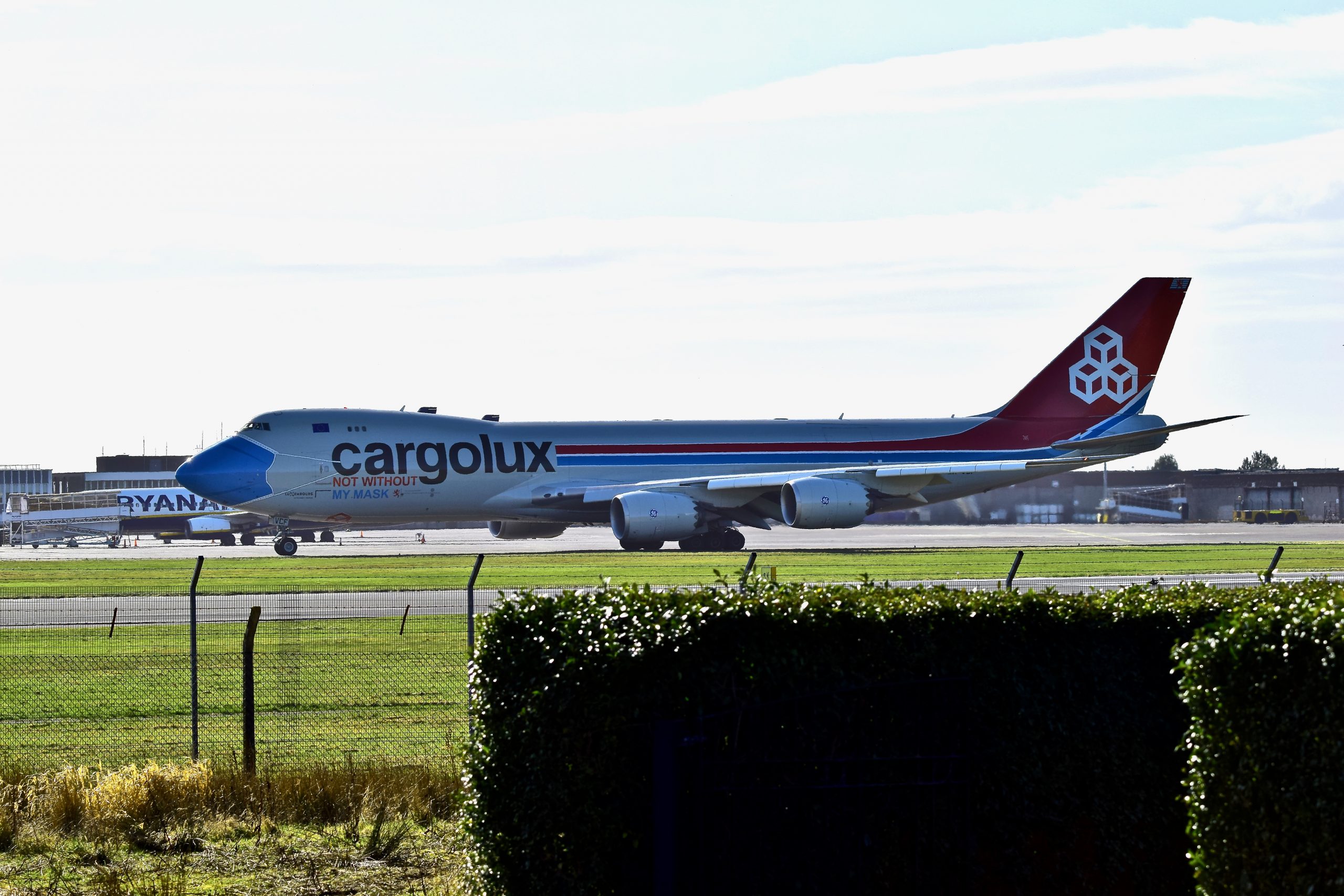Aviation History Lost – Forever!
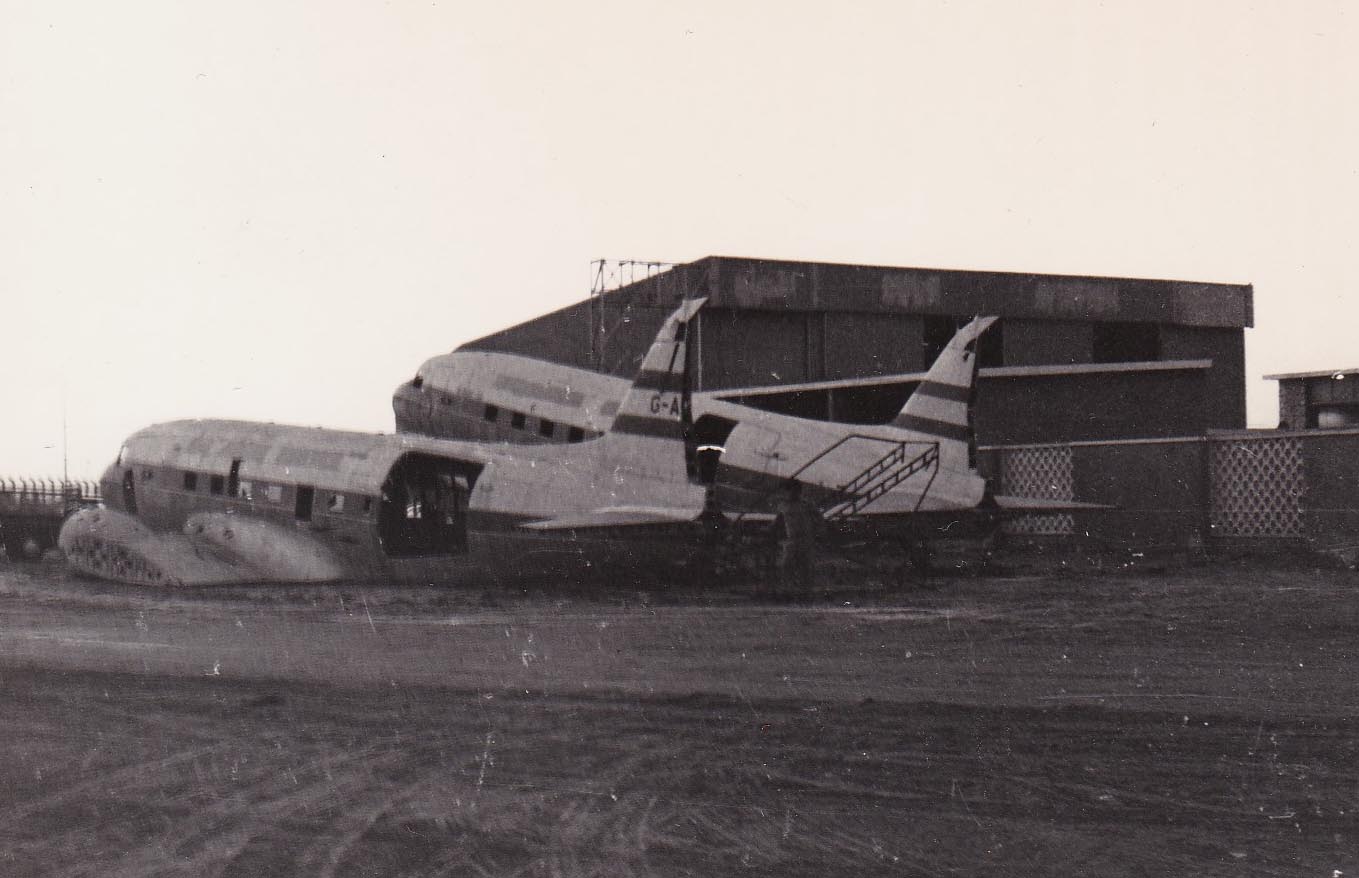
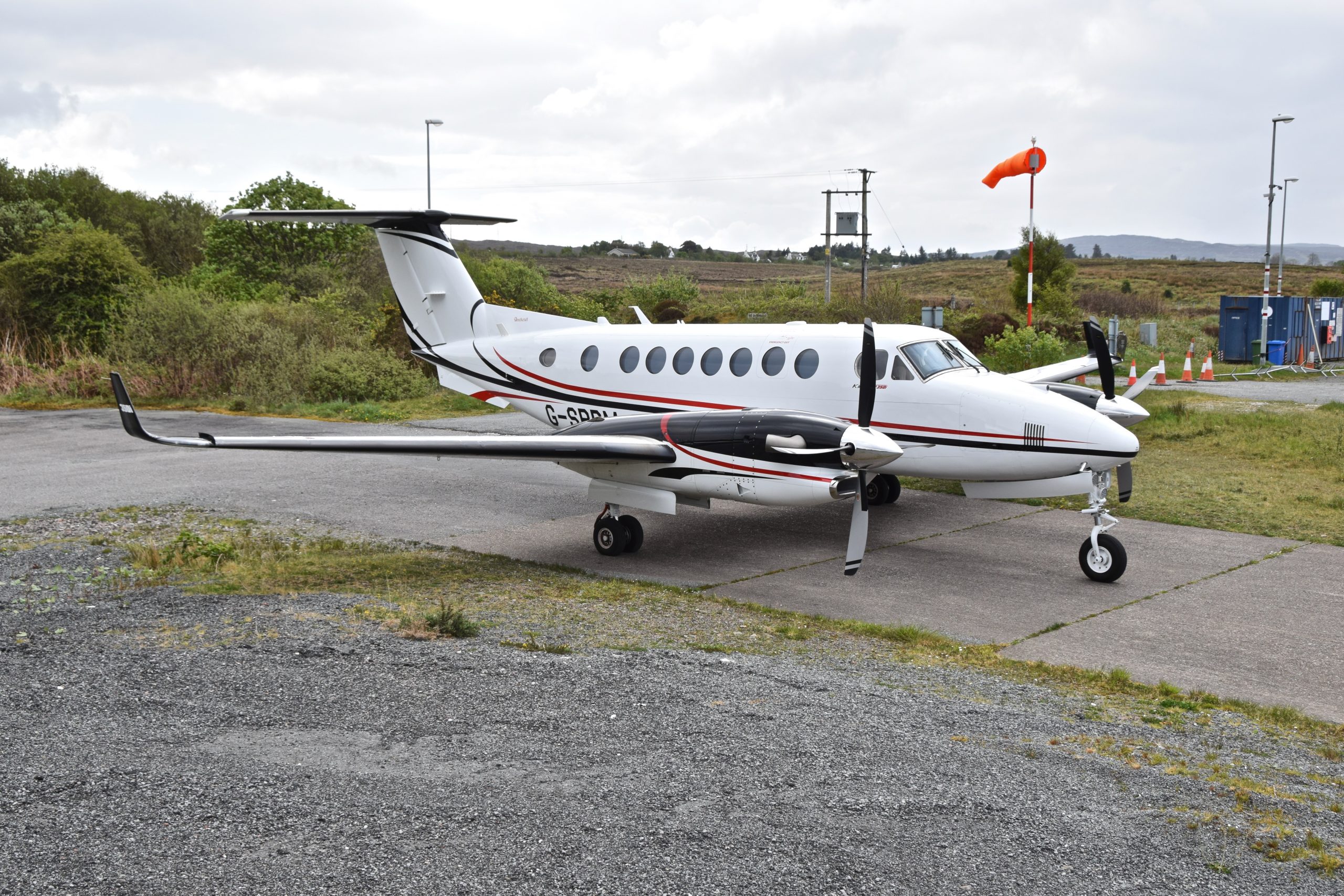
I have been around the Internet or World Wide Web since before it was, I have been a user of the resource since its inception and used a number of dialup Aviation BBS services before that. At their peak there were probably in excess of twenty thousand BBS’s, of these there were tens and possibly as many as a hundred purely devoted to Aviation.
As to what happened to them, well in the early 90’s what we now call the Internet or World Wide Web came along and the BBS and the millions of posts that they held went the way of the Dodo. With very little being preserved in any form, I was a member of a number of these bulliten boards and some had several hundred thousand posts.
My first dedicated service (what would now be called an ISP) was Compuserve, joining in 1982 – why did I join. What made it apealing to me was access to the Airline Ticketing system S.A.B.R.E., where the bill for tickets and some hotels came in at the end of the month from Compuserve – this could be some time after the flights or hotel visit.
But back to the gist of the post I guess, many of these BBS were run on machines owned by individuals and accesed using a dialup modem. Where like minded individualls could contribute and in many cases speak to people who had first hand information. To my knowledge, very little of this information was saved and joins the other information lost forever.
In the last year I have moved from Skye where I was a regular visitor to a number of local-ish airstrips, I was a frequent visitor to Ashaig or Broadford and Plockton and was at times surprised by the visitors that arrived there. What was much more surprising was the percentage of visitors that were not officially recorded, I would estimate that between 30 and 50 percent of visits went unrecorded at Broadford.
Not that Broadford was a busy airstrip, the most visitors seen there were a dozen Robinson R22’s on the ground together and at Plockton about seven or eight aircraft. But I have seen RAF C-130’s doing touch and goes at Broadford, which came as quite a surprise – and is probably not recorded anywhere else.
Once the commecialisation of the Internet began in the early 90’s there were a number of associated problems that came with it, primarily if people weren’t prepared to pay for the hosting of information – then it vanished. How much has gone, estimates vary but likely a quarter of what has been out there is now gone. In the 43 years since I first went “Online”, I have seen much disappear and expect to see much more go the same way.
